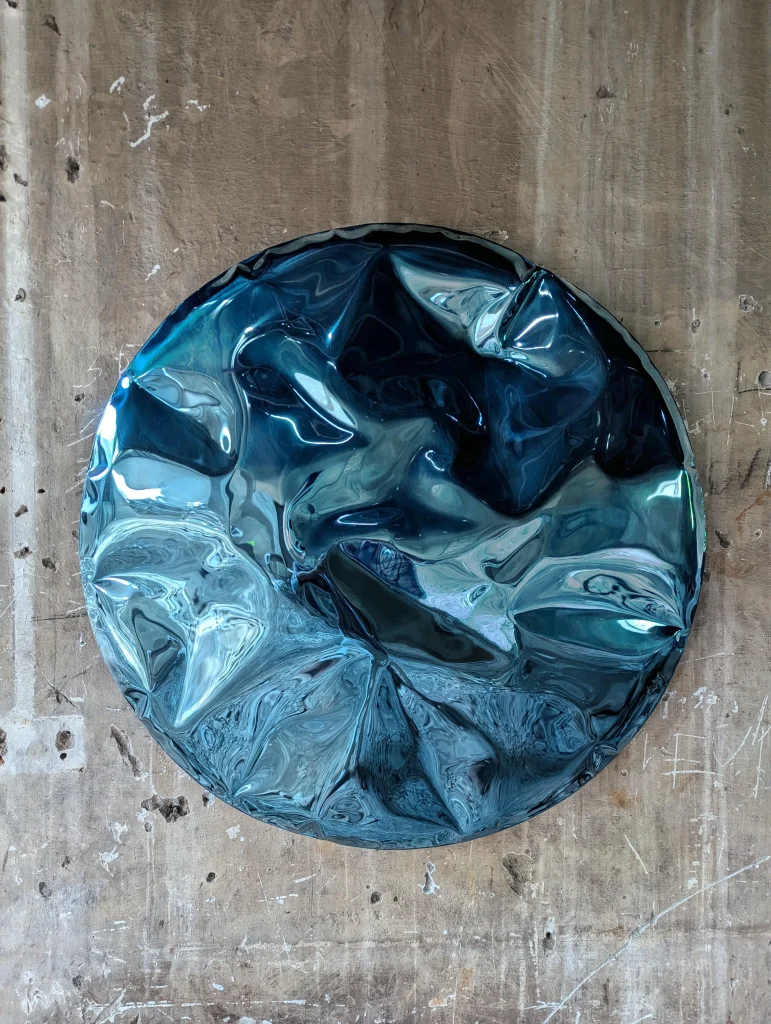
The Resurgence of Bauhaus: A Deep Dive into “The New Bauhaus” Movement
In the grand arcades of history, few artistic and architectural movements have left an indelible mark as the Bauhaus school of the early 20th century. Founded in Germany, the Bauhaus movement’s ethos was to marry art, technology, and culture to craft designs that were both functional and breathtakingly beautiful. Fast forward to today, and “The New Bauhaus” movement emerges as a spiritual successor, carrying the legacy but with a renewed emphasis on sustainability.
The European Union’s New Bauhaus initiative serves as the standard-bearer for this modern renaissance. It is a clarion call for design-driven sustainable solutions, bringing the vision and vibrancy of the original Bauhaus into the 21st century.
Guided by our latest selection “The New Bauhaus”, this article delves into the intricate tapestry of designs that are breathing life into this initiative. Each piece in the selection is a distillation of global principles of sustainability, aesthetics, and inclusivity.
The New Bauhaus Initiative: Redefining Art and Sustainability
In the contemporary epoch, design is undergoing a profound transformation. The paradigms have shifted; designs are no longer just about functional aesthetics but are also deeply rooted in sustainability. The rich legacy of Bauhaus is an inspiration, a north star guiding us through these uncharted waters. As Theodor Adorno insightfully remarked, the Bauhaus movement was a beacon that shattered boundaries. Today’s New Bauhaus movement carries this legacy with aplomb.
1. The Pioneering Use of Sustainable Materials
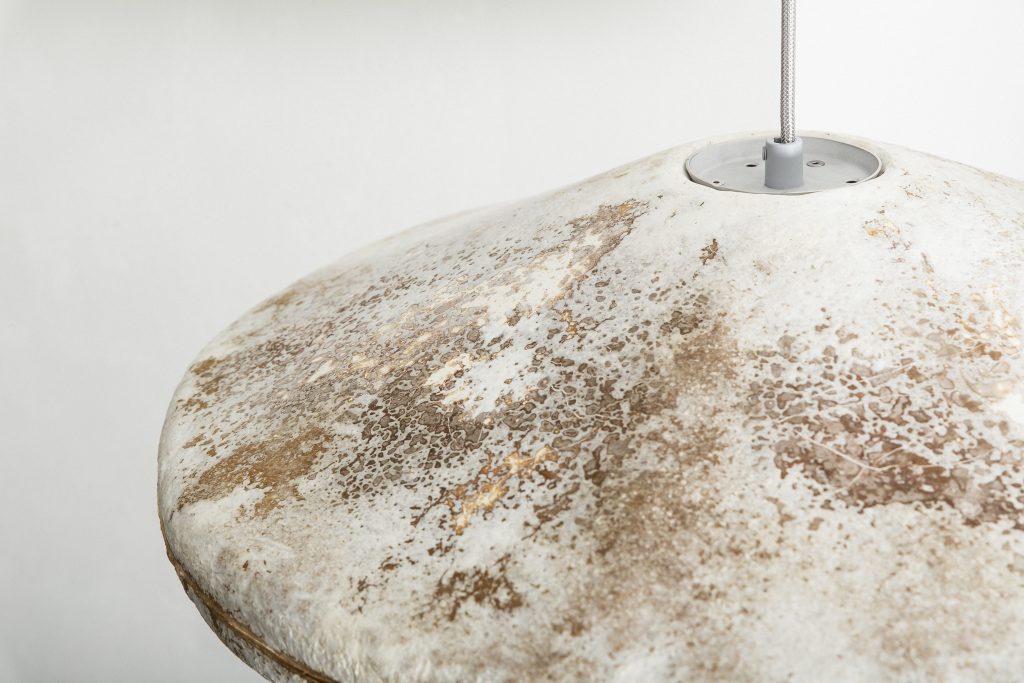

Mycelium – Nature’s Miracle Material: The B-Wise Mycelium-based Pendant Lamp designed by Estonia’s Siim Karro is an epitome of innovative sustainability. Mycelium, the root system of fungi, is a natural, biodegradable material. It is hailed as the material of the future for its sustainable credentials. Karro’s pendant lamp isn’t just a decorative piece; it’s a testament to the marriage of beauty and sustainable production. This design is pioneering, signaling the sustainable potential embedded in nature.


Repurposing Discards into Design: The Terrao Bench by Brazil’s Domingos Tótora is an ode to adaptive reuse. By giving cardboard—a material often discarded—a new life as a beautiful bench, Tótora not only showcases a sustainable design ethos but also provides employment for indigenous communities, making sustainability social.
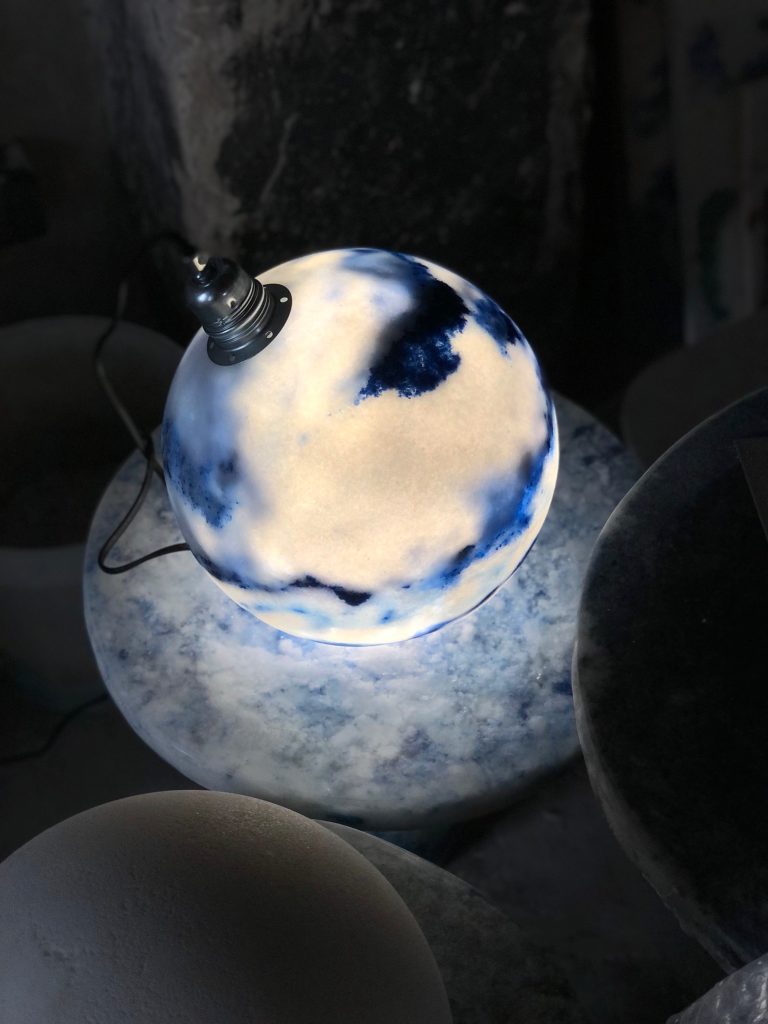

Innovative Material Alchemy: The Marbled Salts Planet Lamp by Belgium’s Roxane Lahidji is groundbreaking. Salt, a common and abundant resource, when combined with bio-resin, transforms into a durable material for product design. Lahidji’s lamp shines, both as a luminary and as an exemplar of innovative sustainable material use.
2. Elevating Upcycling into Art


From Construction Sites to Living Rooms: Spain’s Lucas Muñoz in his O.F.I.S Series Steel Chair raises upcycling to a fine art. He elegantly transforms rugged construction materials into an exquisite consumer product. The chair is a representation of the journey of raw materials, from building sites to plush interiors.


Community-driven Upcycling: The Fan Lamp by Sep Verboom is not just a piece of lighting; it’s a story of a Belgian designer collaborating with an Indonesian village. By teaching the villagers to repurpose abundant resources, Verboom lights up homes and lives.


Elevating Industrial Waste: Elisabeth Baeza’s Soliflore is a symphony in upcycling. The vase design beautifully repurposes industrial plastic tubes, transforming them from waste to wonder. Each Soliflore is a reminder that beauty can be found in the most unexpected places.
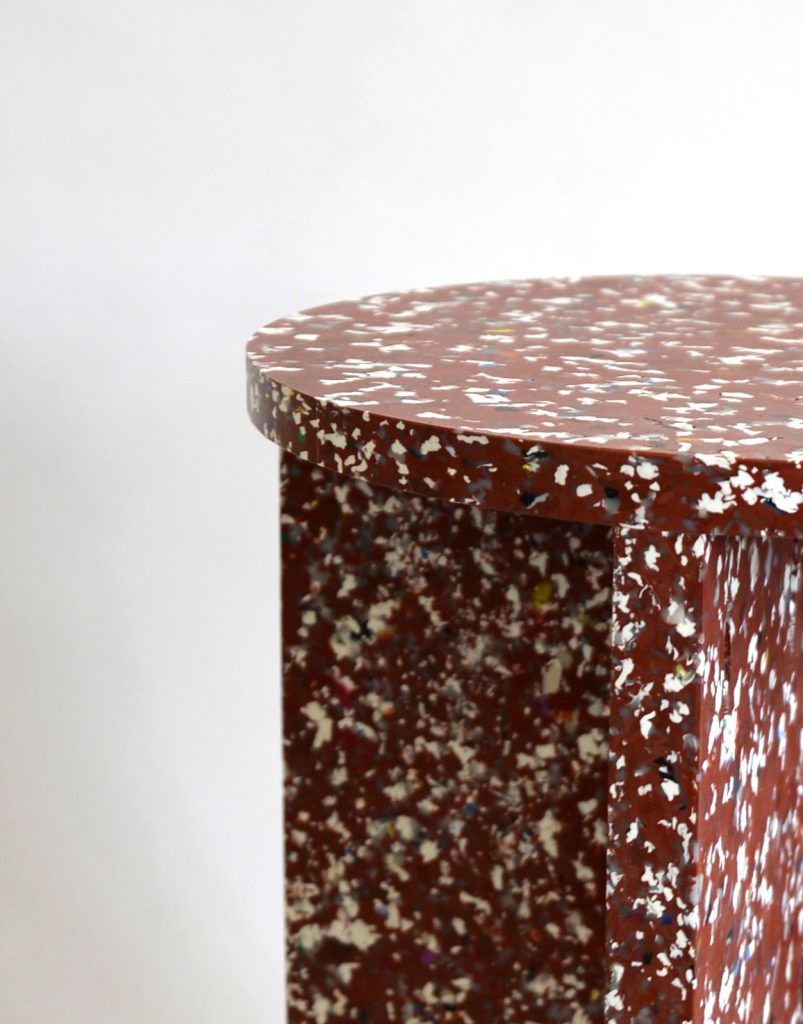

Innovative Upcycling Machines: The Toasted Brick Stool by Nina Mršnik and Nuša Jelenec from Slovenia isn’t just another design piece. It’s born from innovation. Using a machine they invented called the “plastic toaster,” the duo has turned recycled plastic into functional art.
3. Socio-Cultural Narratives in The New Bauhaus Design
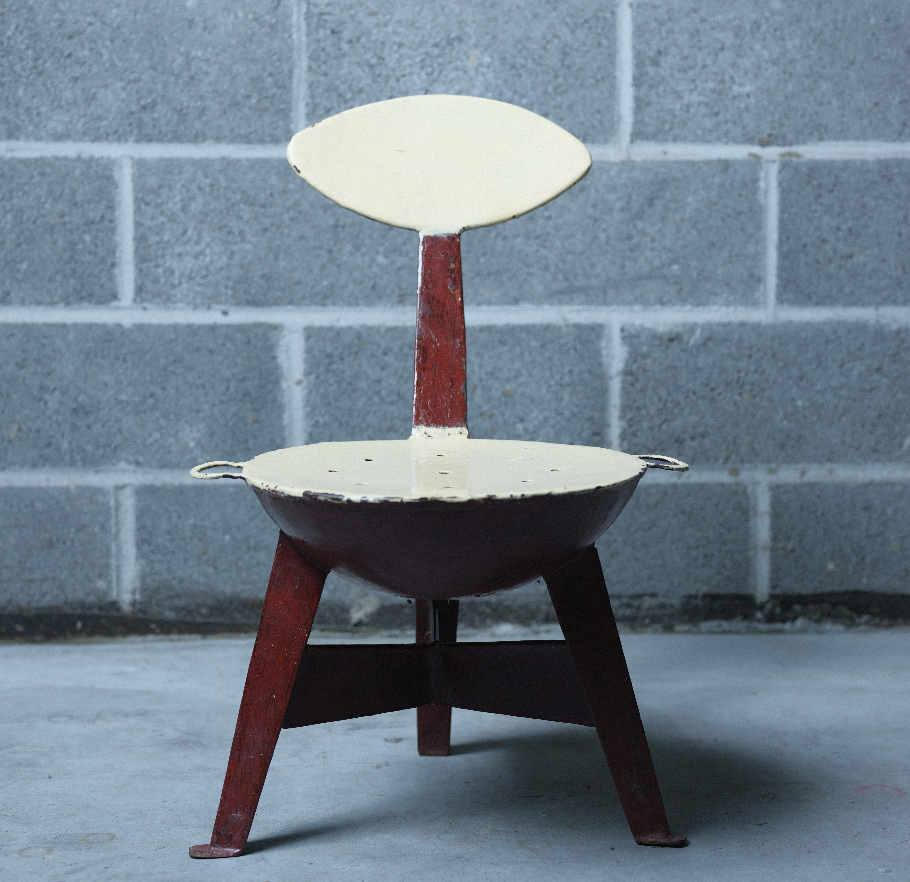

Challenging Social Constructs: Sweden’s Carl Hultin, with his Look Down Chair, presents a thought-provoking piece. While being an exemplar of functional design, it also spotlights important cultural issues about social class. Simultaneously, the repurposing of oil barrels adds a layer of sustainable commentary to the narrative.


Tradition and Modernity: Victoria Yakusha of FAINA’s Soniah Collection is a harmonious blend of preserving local cultural aesthetics and modern sustainable practices. Using upcycled materials like steel, flax rubber, wood chips, cellulose, and clay—all encased in a biopolymer cover—Yakusha showcases how Ukrainian tradition and sustainability can coexist.
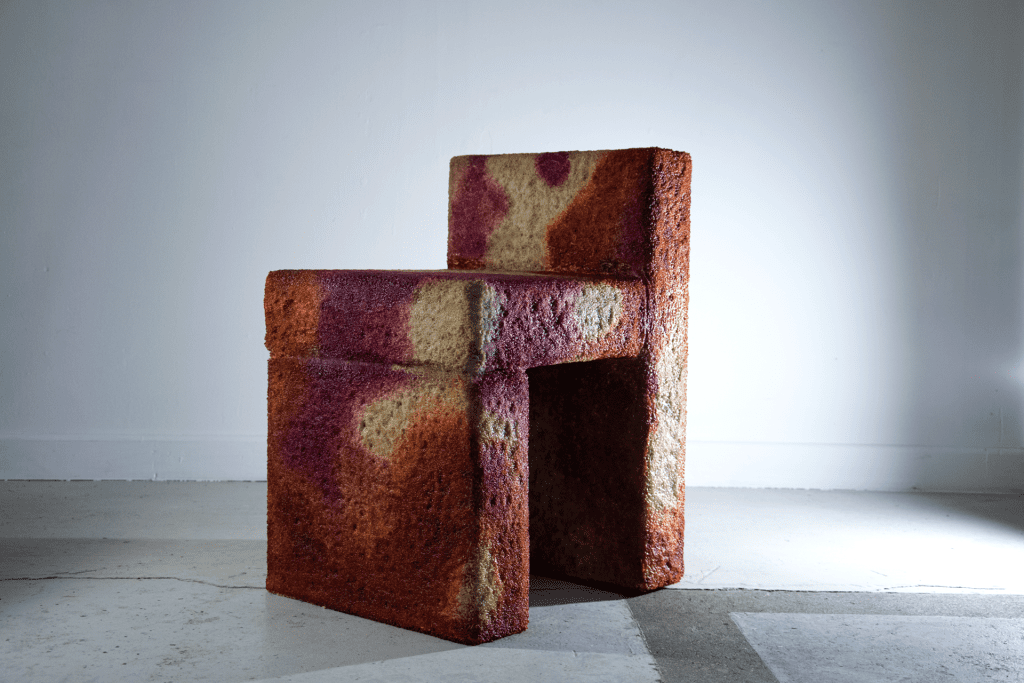

Highlighting Waste Realities: The Capet Matter Chair by Italy’s Riccardo Cenedella is both a work of art and a statement piece. It sheds light on an oft-overlooked problem: the tons of carpets discarded every year in the UK. Cenedella’s design offers an innovative solution, repurposing this waste-stream material into a piece of functional beauty.
4. When Technology Interlaces with Craftsmanship
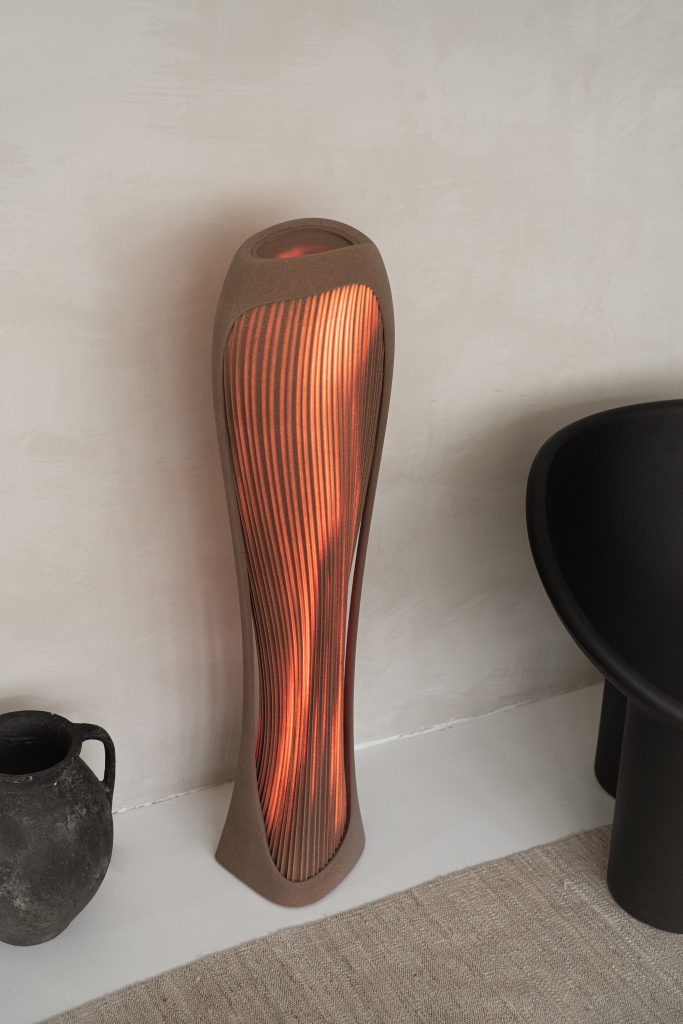

3D Printing with Sand: The Dome Dune designed by the Netherlands’ Rollo Bryant stands as an epitome of the possibilities unlocked by 3D printing. Using sand as the primary material, Bryant showcases that sustainable materials can be used in cutting-edge technologies to create pieces of timeless beauty.
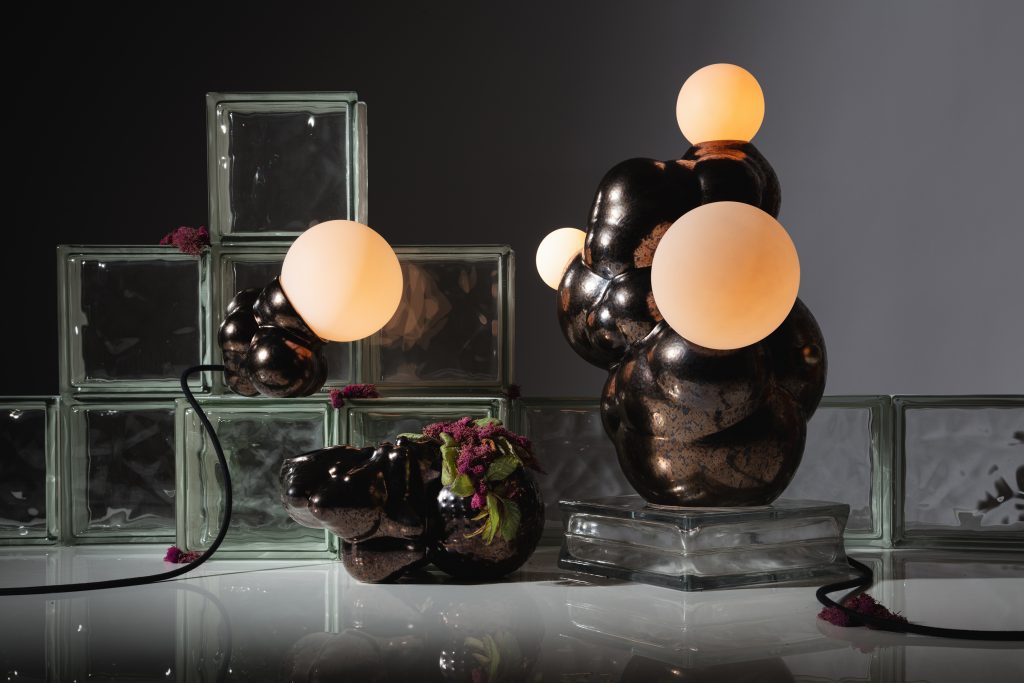

Digital Design Meets Craftsmanship: The Botryoidal Lamp by Forma Rosa Studio merges the precision of 3D design with the finesse of Peruvian craftsmanship. This amalgamation ensures reduced production waste, harmonizing technology and tradition.


Innovative Techniques: The Object 09 from the Native Collection by Switzerland’s Hot Wire Extensions is groundbreaking. This wall lamp is the first of its kind, showcasing a design made with recycled nylon, a byproduct from 3D printing. Using the innovative “hot wire” technique invented by the designer, this lamp illuminates both spaces and the potentials of sustainable, tech-forward design.
5. Reimagining Sustainable Production


Nature-based Solutions: Offset by Denmark’s Bonnie Hvillum is a masterclass in design, functionality, and sustainability. By combining sustainable wood with a cushion crafted from naturally grown materials—a potential replacement for traditional plastic foam—Hvillum envisions a future where furniture respects both aesthetics and the environment.


Challenging Mass Production: Minute Candle Holder by Iceland’s Birta Rós Brynjólfsdóttir & Hrefna Sigurðardóttir is a rebellious and brilliant piece. By showcasing a design that’s both beautiful and unfinished, Flétta challenges the norms of mass production. This candle holder, taking just a minute to craft by hand, is a manifesto for slow, purposeful design.
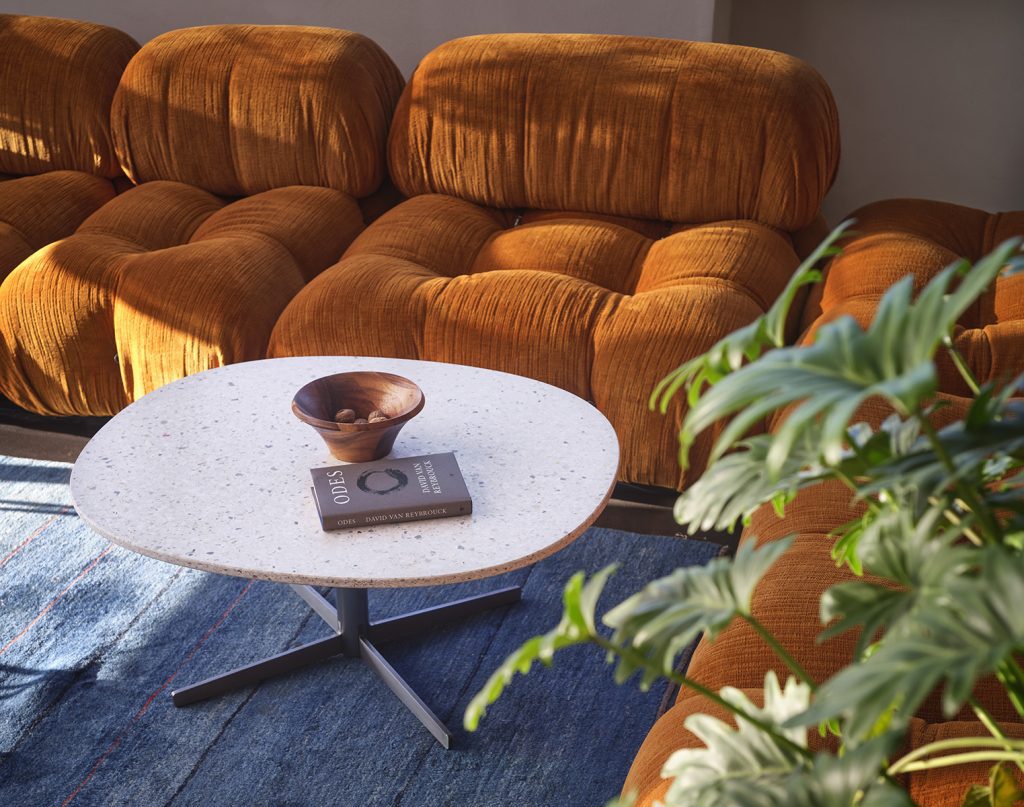

Function Meets Sustainability: The Frost Table by ecoBirdy from Belgium strikes a balance between practicality and environmental consciousness. Designed with the mass market in mind, this utilitarian table is molded from recycled plastic, ensuring functionality without compromising the planet.
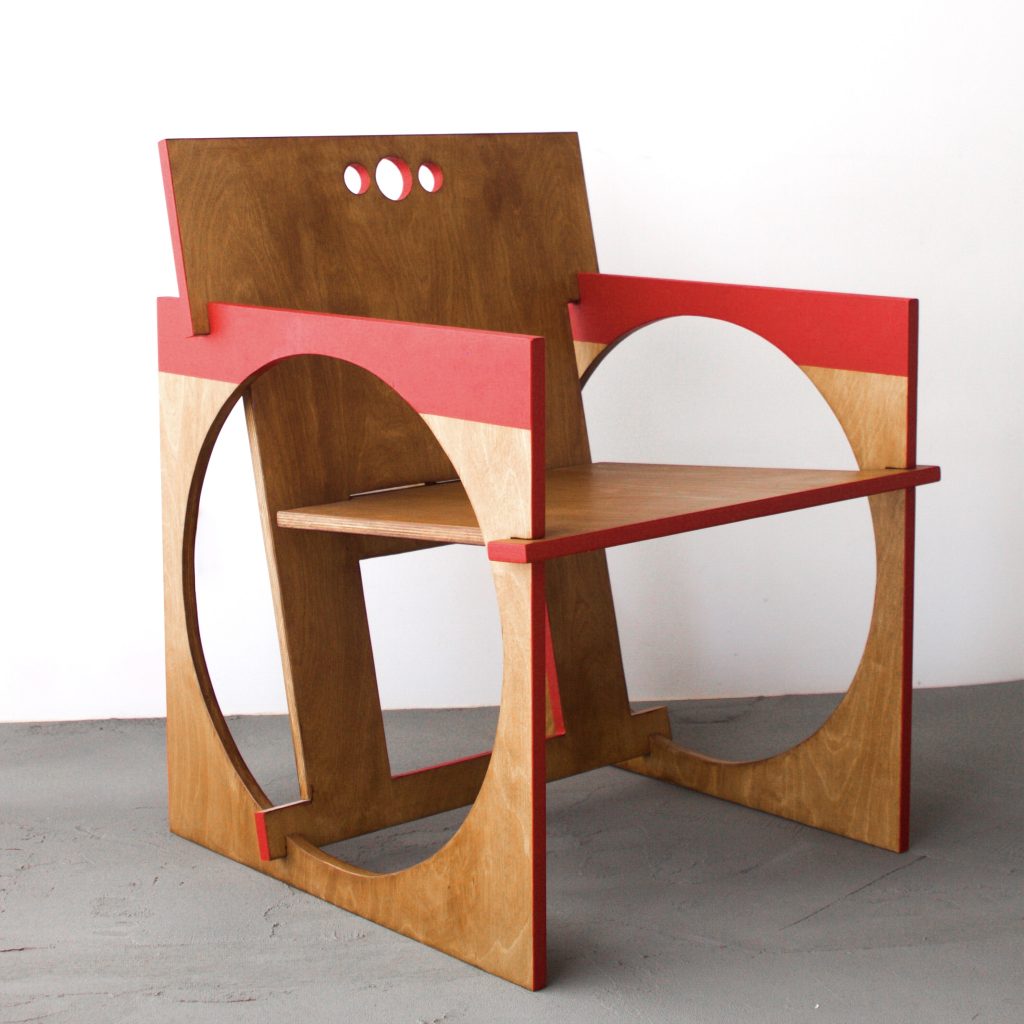

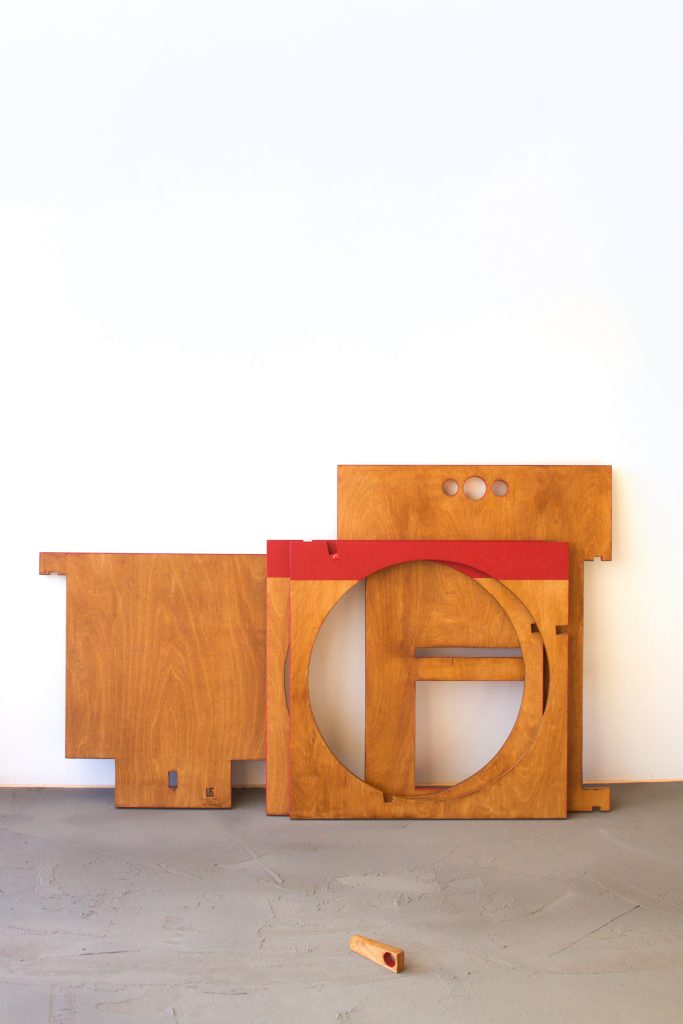

Minimalism and Shipping Efficiency: Sedia Tonda by Denmark’s Edoardo Lietti is the epitome of Scandinavian minimalism. Designed to flat-pack, it’s not only a space-saver but also reduces CO2 emissions during transport. Lietti’s design philosophy is simple—craft beautiful, practical designs while minimizing the carbon footprint.


Recycled Elegance: RP-AV1 by Norwegian Willem A. Stibolt is a nod to both the functional designs of the original Bauhaus and the tenets of the New Bauhaus movement. Made from recycled plastic in a unique manner that conserves material, Stibolt’s chair is both a tribute to the past and a vision for the future.


Creative Textile Solutions: Ebba Lindgren from Sweden, with her Really Rococo II, introduces a groundbreaking method of working with recycled textile. The stool, a melange of artistic flair and sustainability, offers a glimpse into the potentials of textile waste.
The New Bauhaus – A Vision for Tomorrow
The New Bauhaus movement is not just a design philosophy; it’s a global vision. In a world grappling with environmental challenges, this movement offers hope, innovation, and a path forward. Every piece, from lighting to seating, carries a message—design can be beautiful, functional, and sustainable.
Adorno’s “The New Bauhaus” selection offers a glimpse into this brave new world. A world where every object tells a story, every material has a purpose, and every design leaves a legacy for generations to come. As the world stands at crossroads, the New Bauhaus movement, with its fusion of art, technology, and culture, lights the way forward.
Explore more Bauhaus Inspired Design on Adorno
-

 Bauhaus Low Stool
Bauhaus Low Stool -

 Stainless Steel Bar Cart
Stainless Steel Bar Cart -

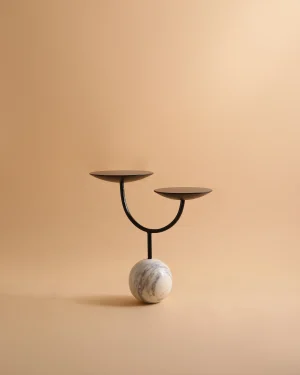 Ball Storey Table
Ball Storey Table -

 Cassette – Upholstered Sofa
Cassette – Upholstered Sofa -

 Kanz – Sofa Green & White Stripes
Kanz – Sofa Green & White Stripes -

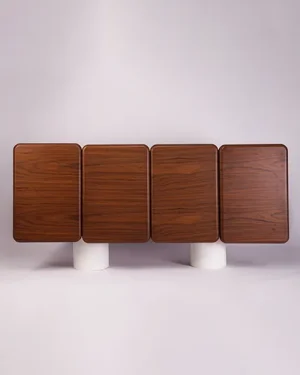 Wood – Sideboard Cabinet
Wood – Sideboard Cabinet -

 “Meteorite” soundsystem
“Meteorite” soundsystem -

 Colette – Rose, Mint And Yellow Wool Pouf
Colette – Rose, Mint And Yellow Wool Pouf -

 The Archway – Floor/Wall Decor
The Archway – Floor/Wall Decor -

 Cassette – Upholstered Stool
Cassette – Upholstered Stool -

 Squiggle Pendant Light | Hand sculpted Walnut & Red Oak
Squiggle Pendant Light | Hand sculpted Walnut & Red Oak -

 Bulbo Stool – Upholstered Blown Glass Stool
Bulbo Stool – Upholstered Blown Glass Stool -

 Eirene – Glass & Ceramic Pendant Lamp
Eirene – Glass & Ceramic Pendant Lamp -

 Scuba – Iron Drink Table
Scuba – Iron Drink Table -

 Hilde Pouf – Tibetan Wool / Wooden Base
Hilde Pouf – Tibetan Wool / Wooden Base -

 Kanz Modular Sofa – White
Kanz Modular Sofa – White -

 Boo Pouf
Boo Pouf -

 Step Rug
Step Rug
